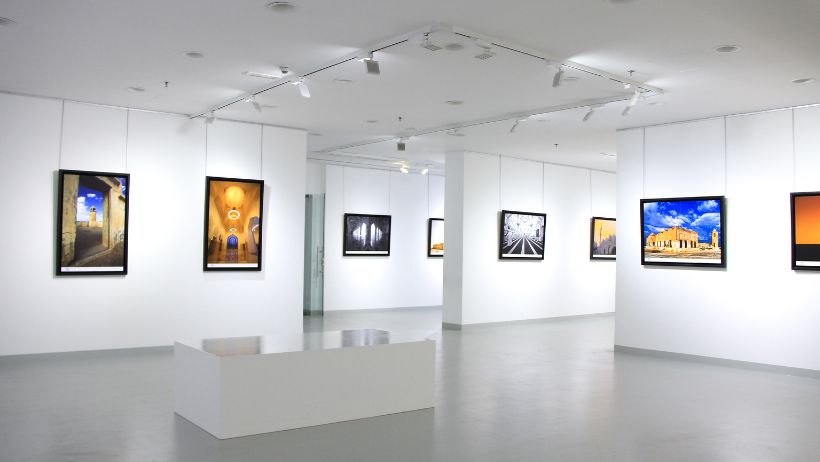
Beyond Price Tags: The Enigmatic World of Paintings Valued at Over 100 Million
The art world has long been captivated by the allure of masterpieces that transcend monetary value, becoming cultural treasures and symbols of artistic genius. This exploration delves into the rarefied air of paintings that have fetched prices exceeding 100 million dollars, unraveling the stories behind these priceless creations and the individuals willing to invest such astronomical sums.
The Pinnacle of Art Valuation
In a realm where value is subjective and emotions are often immeasurable, certain paintings have ascended to a level where their worth extends far beyond aesthetic appreciation. These masterpieces, with price tags that could fund entire museums, stand as testaments to the convergence of artistic brilliance and economic privilege.
The Auction House Spectacle
“Salvator Mundi”: A Masterpiece Resurrected
The tale of “Salvator Mundi” is a saga of rediscovery and record-breaking valuations. Once thought to be lost, this enigmatic portrait of Christ attributed to Leonardo da Vinci reemerged, sending shockwaves through the art world. In 2017, it achieved an unprecedented price of $450.3 million at auction, making it the most expensive painting ever sold.
“Portrait of an Artist (Pool with Two Figures)”: Hockney’s Triumph
David Hockney, a trailblazer in the realm of contemporary art, achieved a milestone when his “Portrait of an Artist (Pool with Two Figures)” fetched $90.3 million in 2018. This iconic painting, characterized by its vibrant hues and meticulous composition, not only solidified Hockney’s legacy but also highlighted the increasing value of living artists in the market.
The Elite Club: Paintings Valued Over 100 Million
The Sublime Beauty of the Landscape: “La Montagne Sainte-Victoire” by Paul Cézanne
Paul Cézanne’s “La Montagne Sainte-Victoire” is a testament to the artist’s mastery of form and color. With its serene depiction of the Provençal landscape, this painting is a sublime expression of Cézanne’s artistic vision. Valued at over 100 million dollars, it joins the elite club of paintings that have reached stratospheric price levels.
The Enigmatic Smile: “Portrait of Adele Bloch-Bauer II” by Gustav Klimt
Gustav Klimt’s “Portrait of Adele Bloch-Bauer II” is a mesmerizing display of the artist’s signature gold leaf technique and intricate symbolism. This iconic work, part of Klimt’s celebrated series, was sold for a staggering $150 million, securing its place among the most expensive paintings ever sold.
Abstract Expressionism’s Apex: “No. 5, 1948” by Jackson Pollock
Jackson Pollock, a pioneer of abstract expressionism, left an indelible mark on the art world with his revolutionary drip painting technique. “No. 5, 1948,” a masterpiece that exemplifies Pollock’s chaotic yet controlled style, achieved a price of $140 million, placing it in the upper echelons of art valuations.
The Tranquil Waters: “Nu Couché” by Amedeo Modigliani
Amedeo Modigliani’s “Nu Couché” is a celebration of sensuality and form. This reclining nude, characterized by elongated proportions and graceful lines, fetched a staggering $170.4 million at auction. Modigliani’s masterpiece joins the ranks of paintings that have transcended the 100 million-dollar mark.
The Ephemeral Beauty of Nature: “Water Lilies” by Claude Monet
Claude Monet’s “Water Lilies” series is a mesmerizing exploration of light, color, and the ephemeral beauty of nature. One of the panels from this iconic series sold for $110.7 million, attesting to the enduring appeal of Monet’s impressionistic vision.
Discover More: 20 Most Expensive Paintings in the World That Cost More Than $100 Million
In the midst of our exploration, I invite you to discover more about these remarkable paintings and the stories behind their extraordinary valuations: artsyforward.com/20-most-expensive-paintings-in-the-world-that-cost-more-than-100-million
Art as an Investment: The Economic Landscape
The Auction Theater: Where Millions Change Hands
Auctions have become the theatrical stages where millions change hands in a matter of minutes. The competitive bidding, often fueled by the desire to own a piece of cultural history, transforms these events into high-stakes dramas that captivate art enthusiasts, investors, and the general public alike.
The Role of Wealth and Prestige in Art Valuations
The astronomical prices of these paintings are intrinsically linked to the exclusivity of ownership. For the elite few who can afford to participate in this high-stakes art market, possessing a painting valued over 100 million dollars is not just a statement of wealth; it is an assertion of cultural prestige and influence.
Criticisms and Controversies: Art Beyond Monetary Value
The Ethical Dilemmas of Skyrocketing Valuations
While the art market’s surge in valuations has garnered attention and applause, it has also sparked debates about ethics and accessibility. The astronomical prices attached to these masterpieces raise questions about the democratization of art and whether cultural treasures should be held in private collections or made accessible to the public.
The Role of Speculation: Balancing Risk and Reward
Art as an investment is not without risks. The volatile nature of the market, influenced by economic trends, geopolitical events, and shifting tastes, adds an element of speculation to these high-profile transactions. As paintings become both artistic and financial assets, the line between cultural appreciation and investment strategy blurs.
Beyond Monetary Valuations
In conclusion, the world of paintings valued over 100 million dollars is a captivating intersection of artistry, economics, and cultural significance. Beyond the staggering price tags, each of these masterpieces carries a unique narrative, reflecting the evolution of artistic movements, the vision of the creators, and the ever-changing dynamics of the art market. As we continue to witness the rise of valuations in the art world, let us not lose sight of the intrinsic value that art brings to our shared human experience—an aesthetic, emotional, and cultural richness that transcends the boundaries of mere monetary measurements.

Comments are closed.